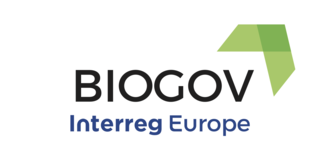The famous medieval town of Santiago de Compostela was the venue of the third Interregional BIOGOV partner meeting. At the end of October all partners were present there to discuss the progress on project implementation.
Good practices and Action Plans The main point of discussion was the link between 'good practices' and the Action Plans that each partner has to agree on by the end of phase 1 in June 2020. The second day was spent on a study visit to the Cervantes area, a hilly area with forests and old chestnut trees that are still in use by the local community and have great biodiversity value. Especially old chestnut tress with holes in them are supportive for the survival of specific birds and bats. There were meetings with the regional stakeholders - farmers, farmers organisations, local cooperatives, nature organisations and local inhabitants.
Big challenges The region is facing big challenges. Many young people leave the area due to lack of labour possibilities. Furthermore, since the traditional grazing system by cows is abandoned, forests have more biomass and are more susceptible to fires destroying biodiversity. Another threat is formed by big companies that move into the area and replace the old trees with eucalyptus plantations.
Nature based tourism Ideas emerging for the Galicia's Action Plan are to promote consumer awareness on local products linked to the Cervantes area and biodiversity. Another idea is to motivate young people to stay in the area and create sustainable businesses in the field of nature based tourism.












